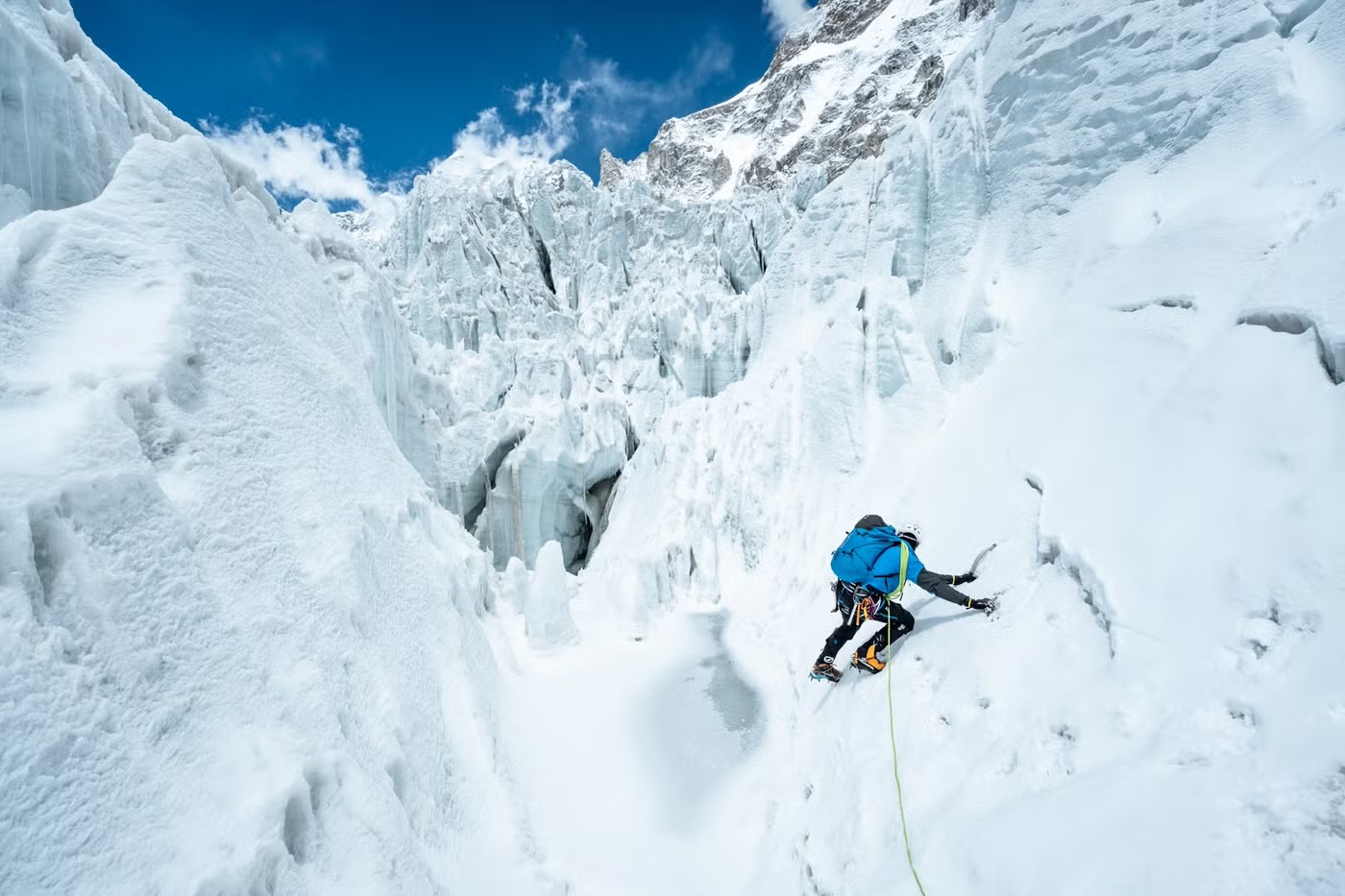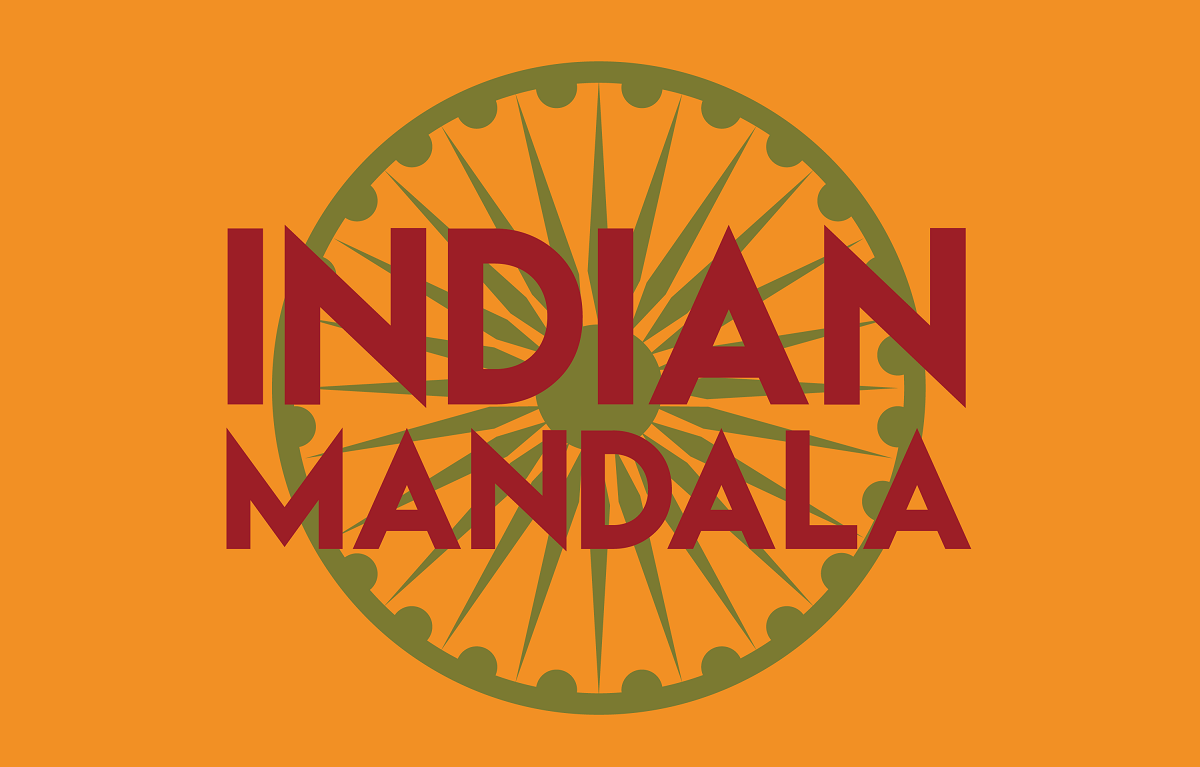Himalaya: climate change increasingly deadly for climbers
At least nine people have died in two separate incidents in just a few days. For local sources, “it will take time” to recover some of the bodies due to weather conditions. Weather phenomena like cyclones are increasing the risk of avalanches. Changes in snowpack stability, greater precipitation, and accelerated glacier melting are the main dangers.
Kathmandu (AsiaNews) – Two tragedies in just a few days on the peaks of the Himalayas have refocused attention on the rising number of deaths among climbers trying to conquer the planet's highest peaks.
While, in the past, the blame was usually placed on the risks associated with the undertaking, overcrowding caused by mass tourism, and the unpreparedness of climbers, experts now include another factor: climate change.
Days of heavy snowstorms – fuelled by the passage of Cyclone Montha last week, bringing rain and snow across Nepal – have made the area even more unstable, triggering avalanches and landslides.
The overall death toll, albeit partial, stands at nine for now – five Italians, the highest number of victims per nationality.
The latest incident occurred yesterday, when an avalanche hit a group of at least 12 people at a base camp located at 5,630 metres on Yalung Ri peak in central Nepal, near the border with China.
At least seven people died, including three Italians, two Nepalis, a German, and a Frenchman. Four others were confirmed injured and have already been taken to hospitals in Kathmandu, as Phurba Tenjing Sherpa, a member of the expedition organiser Dreamers Destination, told AFP.
The bodies of five victims “may be 10-15 feet below the snow", said Mingma Sherpa, chairman of Seven Summit Treks. "It will take time to find them."
A similar incident occurred on 31 October, resulting in the deaths of two seasoned Italian mountaineers, Alessandro Caputo and Stefano Farronato, who were buried by an avalanche while attempting to climb Panbari Himal, a remote and rarely visited 6,887-metre peak.
Further complicating an already challenging situation is persistent bad weather and the risk of further avalanches, hindering rescue efforts and making it hard to recover bodies.
Home to eight of the world's 10 tallest peaks, including Mount Everest, Nepal welcomes hundreds of climbers and trekkers each year.
The fall is the second most popular season for expeditions in the Himalayan region, with acceptable visibility and weather conditions but shorter and colder days, snow-covered terrain, and a shorter summit window compared to spring.
However, the risk of severe weather and avalanches remains, heightened by phenomena such as cyclones that increase the danger. Last week, the passage of Cyclone Montha brought heavy rain and snowfall across Nepal, leaving hikers and tourists stranded on popular trekking routes.
Two British women and an Irish woman were part of a group rescued after being trapped for several days in the western Mustang region.
Severe weather also stranded hundreds of trekkers near Mount Everest last month.
According to the Himalayan Database, an expedition archive, at least 1,093 people have died in climbing attempts since 1950, with avalanches responsible for at least a third of the deaths.
In the past, the blame has often been placed on overcrowding on the peaks and, in some cases, the poor training of aspiring climbers.
However, environmental factors have recently emerged as another cause. Experts emphasise that global warming and climate change are causing more extreme events in the Himalayas, increasing the risk of avalanches, landslides, and mudslides.
The consequences could include altered snowpack stability, increased precipitation, and accelerated glacier melt.
Experts contend that, given the region's steep terrain and seismic activity, proactive measures such as early warning systems, protective infrastructure, and controlled avalanche activation are essential to mitigate risks and safeguard communities.
30/09/2021 18:00
20/06/2023 17:17







.png)










